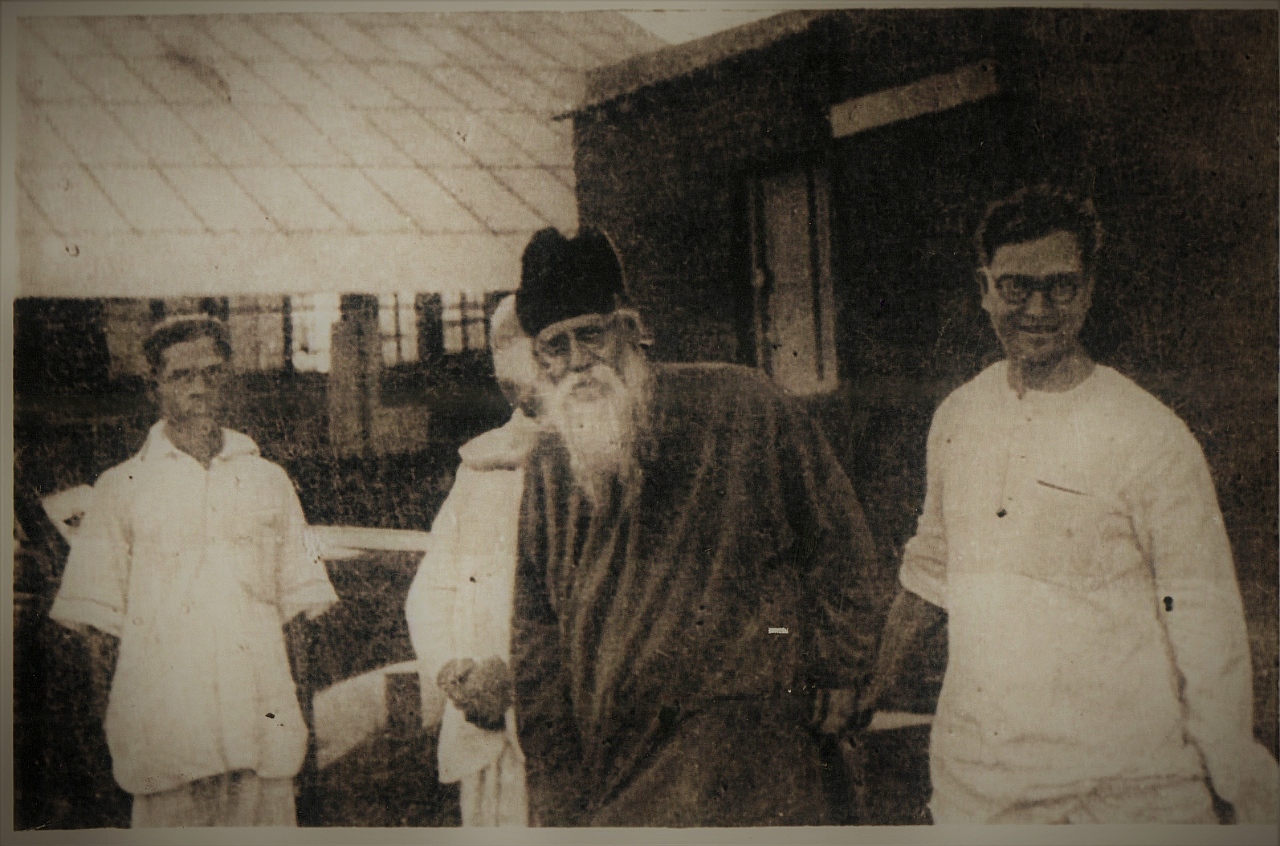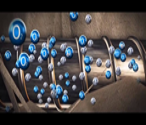In continuation of the issue published in November-2019, I would like to focus on the different problems which are post construction experience in buildings. Those are closely related with chemistry. Cracks in plaster, concrete, junction between R.C.C. and masonry, putty finish are common. If we see the code of Indian Standards, a book was published by BUREAU OF INDIAN STANDARDS in 1985 and reprinted in March 1999. That book was written on CAUSES AND PREVENTION OF CRACKS IN BUILDINGS. In fact no polymer name was mentioned in that book. The basic root causes were described and technical remedies were presented. Even in the same book, chloride corrosion in reinforcement is mentioned as well as Calcium chloride was suggested for quick setting of concrete. But, our technologist’s great effort established the root causes of cracks in buildings and solutions were based on basic properties and behaviour of structural components. If you read the page number 46 of that book, in Section 9 DIAGNOSIS AND REPAIR OF CRACKS –you may find some interesting reasons.
Today, based on our earlier researcher’s great effort, we like to solve the problems using different organic and inorganic materials. That is the reason we must read their comments to recommend any product for permanent solution. In many cases they highlighted root causes of shrinkage crack development in concrete and plaster, Firstly moisture present in the intermolecular space dries out which causes reduction in volume and shrinkage, but this is reversible in nature. But, irreversible cracks appears when capillary water is lost and after crystallization ( Calcium silicate gel) evaporation of absorbed moisture causes reduction in dimension of individual molecules. This reaction and change in property takes once in its life span which creates many problems afterwards.
I mentioned name of different polymers of different property in earlier issue. Advantage and disadvantage of those are described in view of compatibility and microbiology. In that aspect, I hope selection of right material for the targeted problem is easier. Cost effective construction never compromise with quality. The basic concept of construction plays a major role in this field.
Today’s major problems we find cracks on putty, plaster, concrete and corrosion in building. There is a clear difference between organic and inorganic components in any structure. Can we remember any history of monument structure, where organic and inorganic chemistry joined hands? In today’s technology there is no limitation. Need of urgency and envelope technical concept is the root cause of today’s problems. There must be a bridge between organic and inorganic chemistry to target a specific problem we are facing every day. Technology of bridging inorganic and organic chemistry in construction is not a new concept. In fact, there are several examples of monuments. Just imagine, as an example, heavy weight stone statues used to fix on stone platform using glue made of lime and sugar paste only, which are still standing as before.
 . CRACKS DEVELOPED ON WALL PUTTY FINISH
. CRACKS DEVELOPED ON WALL PUTTY FINISH 
When we face problem of putty cracks on finished wall, we are surprised that all other putty finished area is intact except few localized zone. This is really difficult to understand the reason. This happens just after finishing of the building.
TCT works here. We know the thermal bridge and thermal barrier. Thermal bridge is the thermal envelope of any building. Heat transfers through the building envelope at different rate in different locations. At a thermal bridge location, the surface temperature on the inside of the building envelope is lower than the surrounding area. When the external temperature is higher than the interior temperature, heat flows inward, and at greater rates through thermal bridges. Heat transfer via thermal bridges reduces the overall thermal resistance of an assembly, resulting in an increased U-factor. R-value is a measure of how well a two-dimensional barrier, such as a layer of insulation, a window or a complete wall or ceiling or any part thereof resists the flow of heat. R-value is the temperature difference per unit of heat flux needed to sustain one unit of heat flux between the warmer surface and colder surface of a barrier under steady-state conditions. Flux describes any effect that appears to pass or travel (whether it actually moves or not) through a surface or substance. A flux is a concept in applied mathematics and vector calculus which has many applications to physics. For transport phenomena, flux is a vector quantity, describing the magnitude and direction of the flow of a substance or property. In vector calculus flux is a scalar quantity, defined as the surface integral of the perpendicular component of a vector field over a surface. Thermal bridges can occur at several locations within a building envelope. A thermal break or thermal barrier is an element of low thermal conductivity placed in an assembly to reduce or prevent the flow of thermal energy between conductive materials. The opposite of a thermal barrier is a thermal bridge.
This study is relevant to understand the root cause of localized crack development on putty finished surface. There are various types of putty available in market. Advanced technology will solve this problem by different interaction and R&D which will be described in next issues.
Acrylic polymer is very popular in all building industry. Acrylic is used in paint, putty, integral waterproofing compound, waterproof coating, etc. But, due to its property of elastomeric and weather resistance, it is well recommended and used in various fields in building construction. We know that glass transition temperature is important to understand the behaviour and durability of the polymer and its particular use. All the manufacturers have their own system of polymerization by controlling dose & selection of initiator, chain transfer agent, temperature control, nature of emulsifier, mixing ratio of monomers and method /time of stirring.
Polymers are composed of long, randomly entangled, chains of molecules. At low temperatures these chains are locked together and unable to move. The polymer feels hard and is quite brittle. Attempt to stretch or bend it and it cracks.
Add energy, in the form of heat, and the molecular chains become more mobile. If heating continues, enough chains become mobile to make the polymer behave differently. Rather than being hard, it becomes softer and more pliable, more like a rubber than something that is rigid.
The temperature at which this happens is the “Glass Transition Temperature.” Strictly speaking, it’s not a single temperature, like the melting point of a crystalline material, but a range. As with melting though, the Tg is signified by a change in heat capacity. In other words, it absorbs heat but rather than getting hotter the material goes through this change of state. Tg can range from – 80 to +100 C. However, this can be manipulated by varying the polymer composition. For example, in a styrene-butadiene latex emulsion, the styrene has a Tg of +100 C while that of butadiene is -85 C. Changing the ratio of styrene to butadiene will change the Tg. Every application needs something different. In an adhesive it’s often desirable to have a Tg as low as -40 C. This ensures the adhesive stays pliable and tacky at room temperatures, and even if used in the freezer. Paints and coatings generally need a higher Tg because high hardness and the lack of tack are requirements at the service temperatures, meaning the the coating will be more rigid and less susceptible to dirt pick-up. For some coatings, such as automotive under body finishes, toughness is more important than flexibility. In this case, a higher Tg polymer, (meaning that it’s strong at its service temperature,) will be desirable.
Another consideration in coating formulation is film forming ability of the polymer, usually measured by Minimum Film Formation Temperature (MFFT). The impact of Tg on these properties is complex. In general, the increased mobility of the molecular chains within a low Tg polymer helps ensure proper film formation, although this acts in contrast to the need for hardness. Hence, there are scopes of right choice of using right Acrylic copolymer for specific use. During formulation of any product blended with the co polymer, scientist is always careful in selection with reference to Tg. In case of formulation of paint, putty and other material the same methodology should be followed. Even though , cracks developed on putty finished surface is not related with this.
We have many problems in construction industry due to lack of coordination in technology. TCT can help to solve a varity of problems by understanding the root cause of the problem and selecting the right product to prevent this problem.
……. To be continued





0 Comments